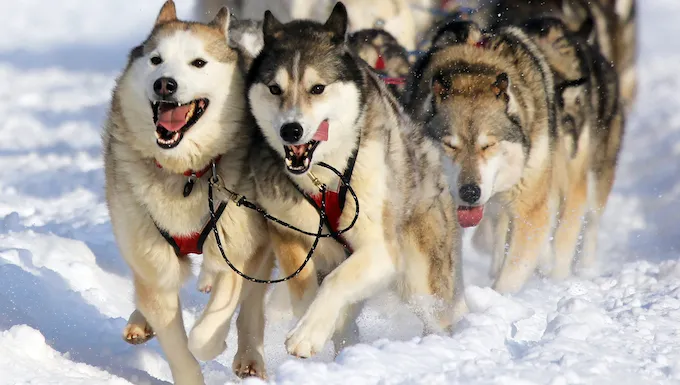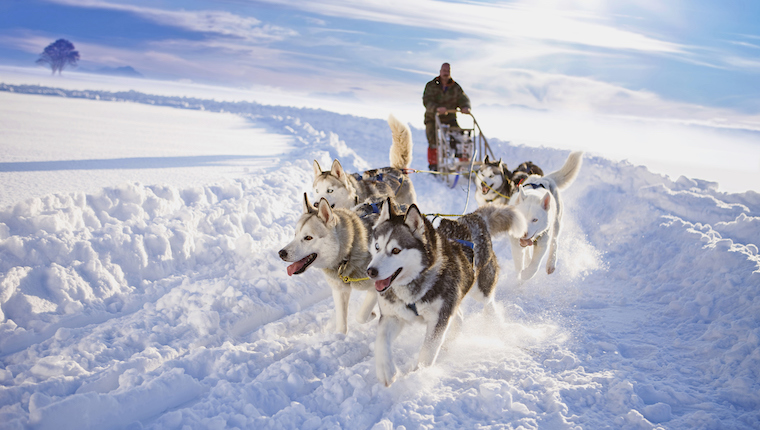
In the wake of COVID, sled dog racing is at risk of becoming another relic of the past. As inflation skyrockets, younger generations are leaving the sport by the wayside.
An opinion piece from the Anchorage Daily News looks at dog mushing’s current state — as it’s known colloquially — and asks, “Is the sport dying?”
The History of Sled Dog Racing
Since the early 20th century, sled dog races have been a common sight for people living inside the Arctic circle. The first American sled dog race, the All Alaska Sweepstakes, stretched 400 miles across the harsh Alaskan tundra. For a while, the sport became a sensation, with international teams competing against each other. This culminated with several bids to make sled dog racing an Olympic sport, which were unsuccessful.
However, sled dog racing’s proudest moment was the 1925 Great Race of Mercy. A diphtheria epidemic struck the city of Nome in Alaska’s foreboding northern territory. Isolated from civilization, it fell to a sizable crew of sled dogs — 150 total — to bring the lifesaving antitoxin. Altogether, 20 mushers and their dogs traversed 634 miles in only five and a half days, saving countless lives and becoming national heroes. One of those sled dogs gained so much fame he became the star of the 1995 animated film, “Balto.”
Does Dog Mushing Have a Future?
With such a long history, it’s disarming to see race entries for the Iditarod and the Yukon Quest dwindle. While there are still plenty of old “mushers” around, there aren’t any young folks to pass the torch to. Some say that Millenials and Gen Z simply don’t want to put in the hours and would rather work from home. Others blame inflation; high gas and dog food prices have simply made the sport inaccessible. To be fair, the sport is incredibly demanding, both physically and financially. For many would-be mushers, the cost of keeping and training up to 12 dogs simply isn’t justifiable. Add to that the dubious ethics of sled dog racing, and it’s no surprise the future seems bleak.
Yet, there may still be hope for dog mushing enthusiasts. While the long-distance races of the past may not last, shorter sprint races are becoming more popular. These sprints require less money, less time, and are less taxing for dogs and their mushers. Maybe, sled dog racing isn’t dying out; it’s just evolving.









